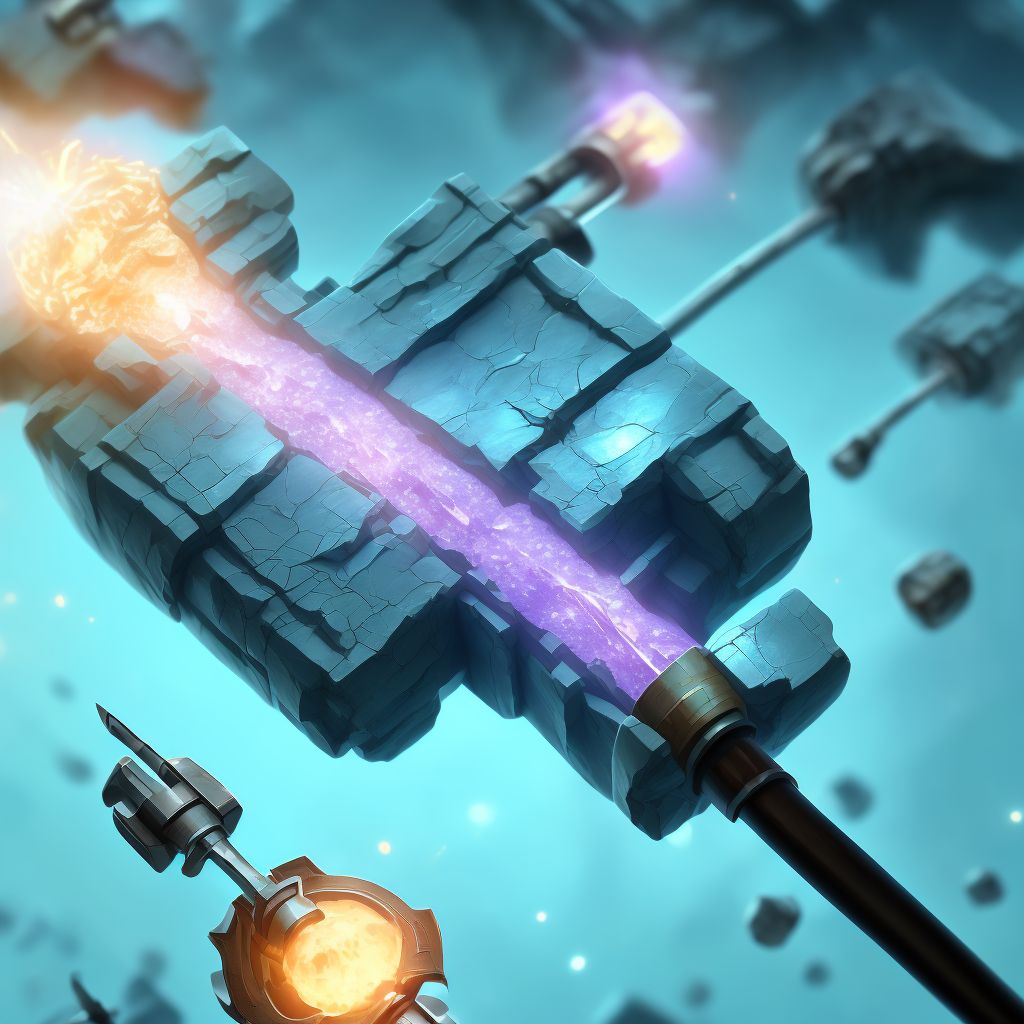
Unspecified fracture of shaft of right fibula, subsequent encounter for open fracture type I or II with delayed healing Save
ICD-10 code: S82.401H
Disease category: S82.401: Unspecified fracture of shaft of right fibula
Unspecified Fracture of Shaft of Right Fibula: Understanding Open Fracture Type I or II with Delayed Healing
In the field of orthopedics, fractures are a common occurrence. One specific type of fracture that often requires medical attention is an unspecified fracture of the shaft of the right fibula. This article aims to shed light on this condition, specifically focusing on subsequent encounters for open fracture type I or II with delayed healing.
Fractures of the fibula, a bone located in the lower leg, can range in severity and location. An unspecified fracture of the shaft of the right fibula refers to a fracture that has not been classified further. Open fractures, on the other hand, involve a break in the skin, which increases the risk of infection and can complicate the healing process.
When an individual experiences an open fracture type I or II of the right fibula, subsequent encounters are required for proper treatment and monitoring. These encounters are essential for evaluating the progress of the healing process and ensuring that any complications are addressed promptly.
- Diagnosis: During subsequent encounters, healthcare professionals will assess the fracture by conducting a thorough examination and ordering relevant diagnostic tests, such as X-rays or CT scans. These diagnostic measures help determine the extent of the fracture and guide subsequent treatment decisions.
- Monitoring: Monitoring the healing progress is crucial to identify any delays or complications. This involves regular check-ups and imaging studies to assess bone alignment, callus formation, and overall healing. Healthcare providers will closely observe the healing trajectory to determine if any further interventions are necessary.
- Preventing complications: Open fractures have a higher risk of infection and delayed healing compared to closed fractures. Consequently, subsequent encounters aim to prevent and manage potential complications. This may involve wound care, infection control measures, and the administration of antibiotics, if necessary.
As a patient, it is crucial to attend subsequent encounters for open fracture type I or II of the right fibula with delayed healing. Adhering to the recommended follow-up schedule ensures that healthcare professionals can provide you with the appropriate care, monitor your condition, and mitigate potential complications.
Please note that this article does not cover treatment methods for this condition. Always consult with a qualified healthcare professional for personalized advice and treatment options.
Treatment of Unspecified fracture of shaft of right fibula, subsequent encounter for open fracture type I or II with delayed healing:
Treatment Options for 'Unspecified Fracture of Shaft of Right Fibula, Subsequent Encounter for Open Fracture Type I or II with Delayed Healing'
An unspecified fracture of the shaft of the right fibula, subsequent encounter for an open fracture type I or II with delayed healing, can be a challenging condition to manage. However, with the right treatment options, patients can experie...
To see full information about treatment please Sign up or Log in